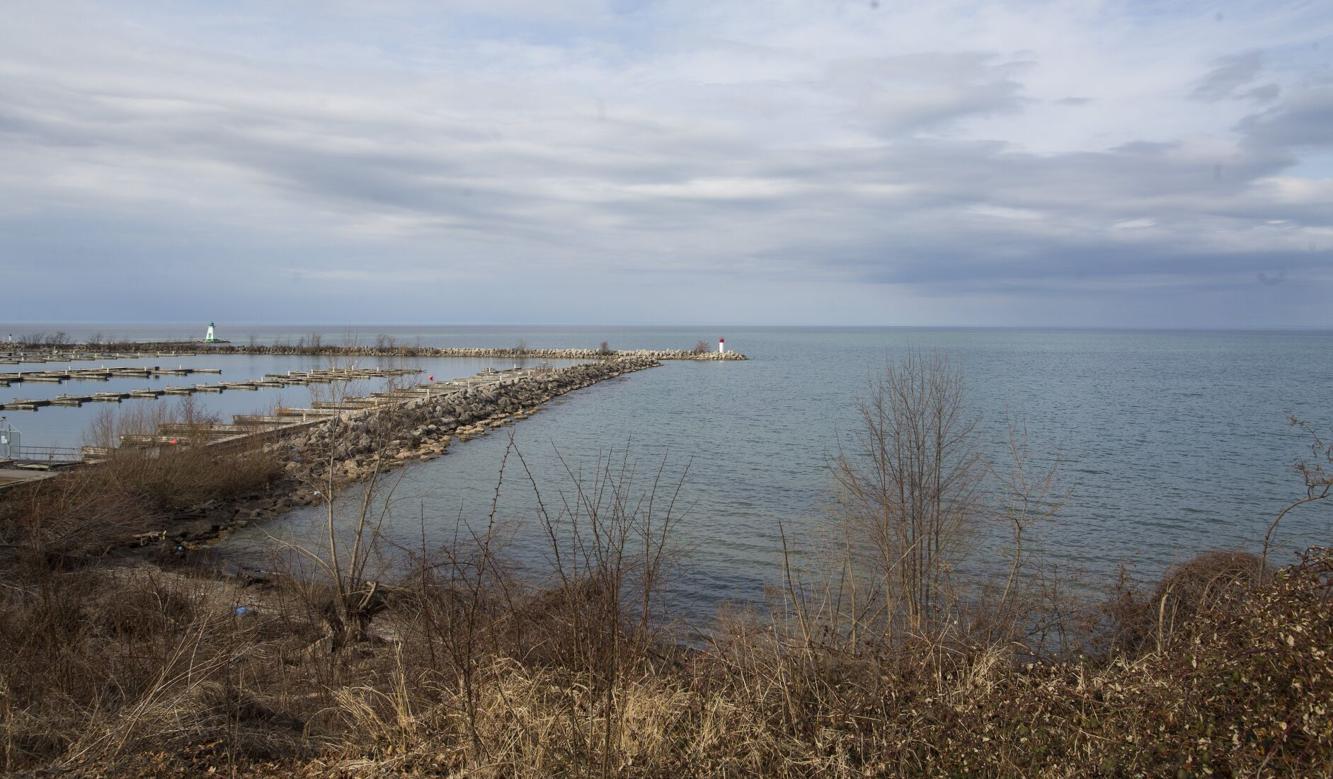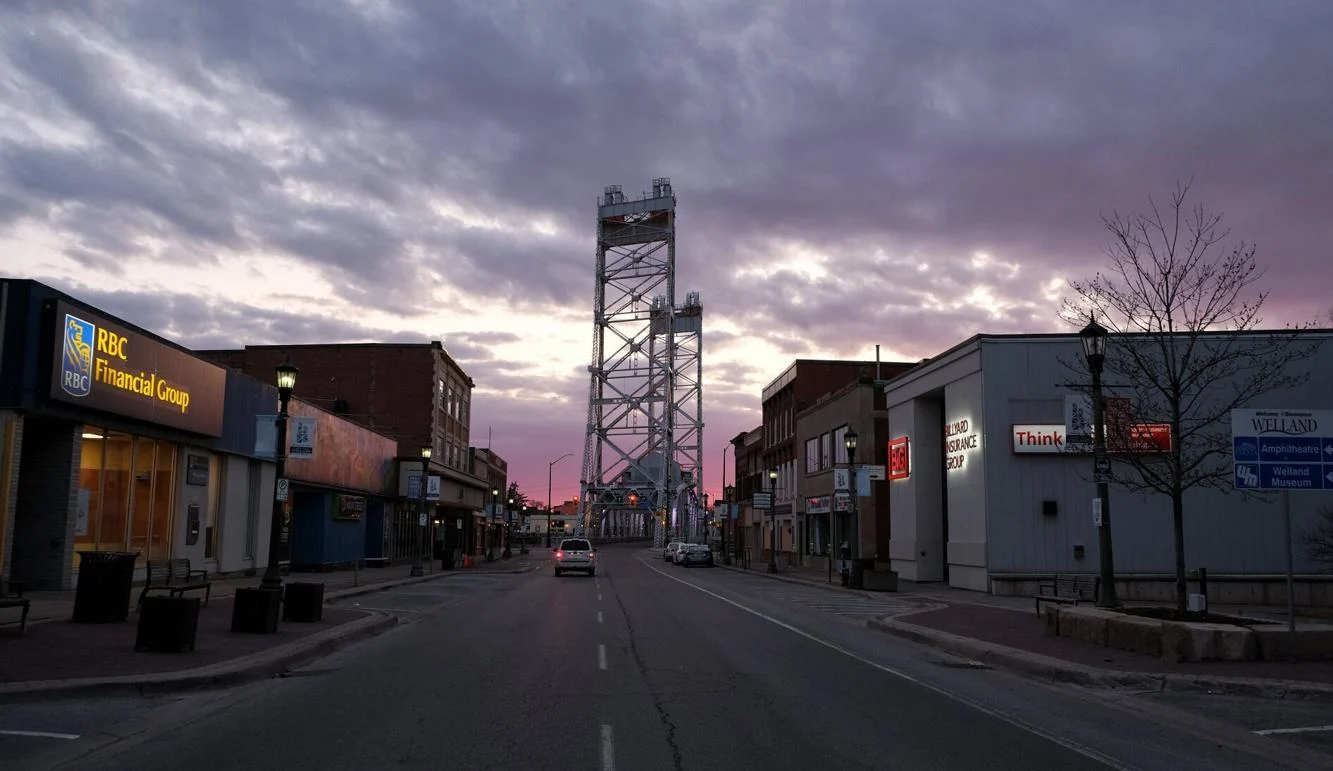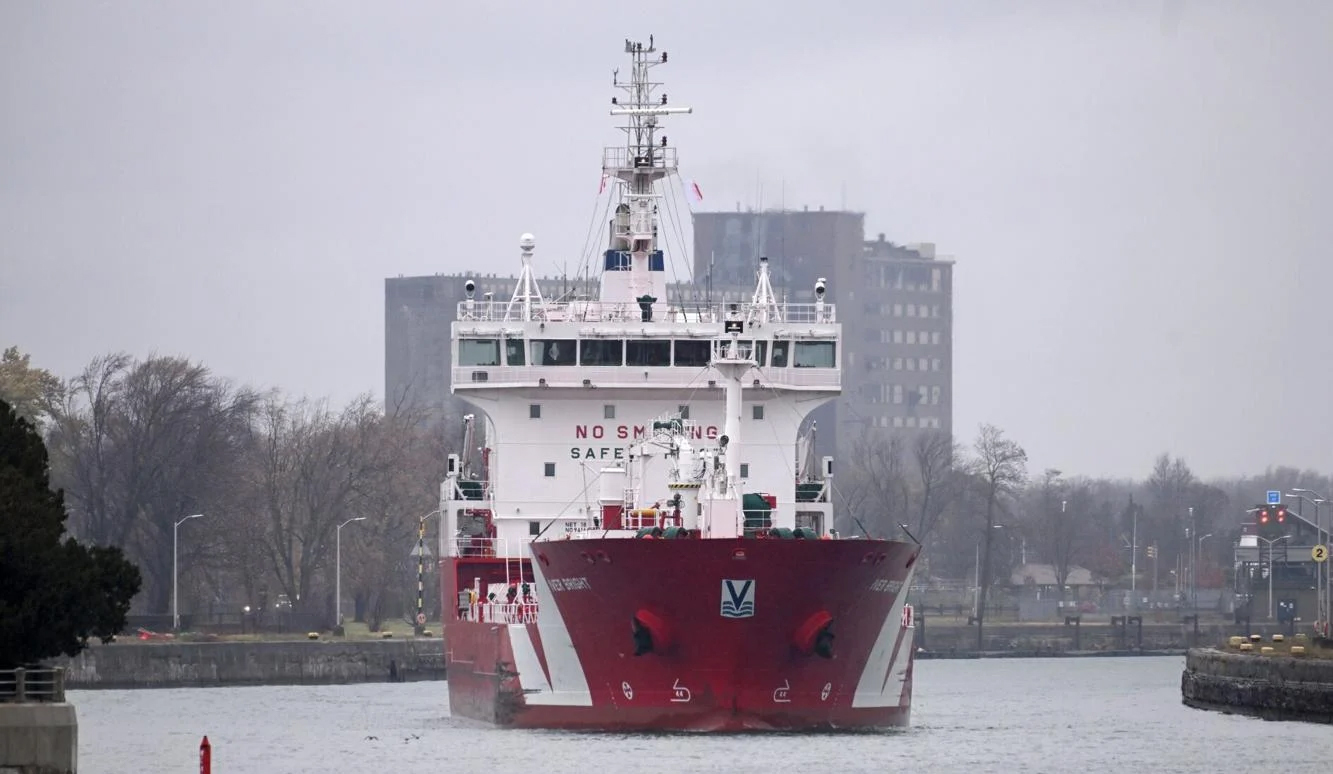By
Victoria Nicolaou Reporter
The Standard
A multi-year research project into Niagara's history and economic development in its initial stages has found the region "has punched well above its weight in helping to shape and enrich Canada into the nation we know today.”
The project comes from a multi-year partnership between Brock University and the Wilson Foundation, facilitated by Brock’s Niagara Community Observatory (NCO), with the goal of mapping Niagara’s history and deepening understanding of the region’s economic and social development.
Economic developers, historians, educators, business leaders and experts gathered for a closer look at the team’s initial findings this week for its project called Mapping the Economic History and Assets of Niagara in a Changing World.
The goal was to receive feedback on research to date.
“It has been a lively, very instructive conversation,” said Charles Conteh, director of NCO and principal investigator of the project.
“I’m very excited about the fact that this is not an ivory-tower project, some bunch of experts at Brock sitting down and telling the region's stories. But we can stop, bring in the experts from the trenches and say ‘Does that reflect you’ and they can speak back.
“My hope is that they will help us do justice to it.”

According to initial findings from a joint research project of Brock University and the Wilson Foundation, unveiled this week, Niagara's history and development have been heavily affected by its geography, including the falls and gorge, seen in this file photo from the Niagara Parks viewing platform at the base of the falls.
Bob Tymczyszyn St. Catharines Standard file photo
The initial findings revealed trends and histories about Niagara’s economic growth and sectors that drove its prosperity, and informed a story of a mid-sized region “that has punched well above its weight in helping to shape and enrich Canada into the nation we know today.”
It also linked and compared some numbers, such as employment and population changes, to local, national and global economic trends.
What became clear over many months could be summarized in a single sentence for Conteh: “Many rivers run through it.”
Niagara creeks, rivers and lakes are all “fundamentally, the critical building blocks and foundation that gives Niagara the peculiar space and development and history that it has, compared to any other place in Canada.”
“It’s a geographical location — its water system, its escarpment, the land, the contours (in Niagara) form that foundation for everything else,” he said.
“People, visionaries, entrepreneurs, investors, workers — across gender, across race — over time, at different points through different generations, came in and peopled the region and made it what it is today.”
Leveraging Niagara-specific assets, and the region’s ability to adapt and reinvent itself over time — particularly in moments of critical change, including seismic shifts in manufacturing, technology and tourism — gives the research team confidence the region has the same “staying power well into the future.”
“The one thing I look back at, the deeper we go in time, in history, the more we have the perspective to say confidently, unapologetically, without a caveat, that Niagara has demonstrated such resilience over time,” said Conteh.

The sun sets behind Welland's Main Street Bridge. Niagara's history and development have been affected in major ways by marine commerce, geography and other factors, say initial findings released by the Brock University's Niagara Community Observatory from a joint project of the Wilson Foundation and Brock.
Dave Johnson Welland Tribune file photo
This week's presentation was split into two sections — key economic sector trends in Niagara in the 1800s to 1969, followed by 1969 to present.
A panel of experts from local industries, including Niagara Parks and Vineland Research and Innovation Centre, provided feedback as did workshop attendees.
Each shared thoughts on further research opportunities, such as the impact of air-based transportation in Niagara, and changes to agricultural land and productivity. Other suggestions included the impact of 9/11 in the early 2000s, leveraging the wine industry and the Shaw Festival as an anchor institution.
Also suggested were further comparisons of the pandemic impacts of 1918 compared with COVID-19 in 2020.

The Netherlands-flagged asphalt/bitumen tanker Iver Bright travels through Port Colborne in 2023. Marine commerce is one of the key economic drivers affecting Niagara's development examined in the joint research being carried out by Brock University and the Wilson Foundation.
Dave Johnson Welland Tribune file photo
Conteh said the project is now focused on critical policy decisions.
“How are we positioning those sectors and our assets — human, physical, digital — for the future, to leverage national market opportunities, global markets,” said Conteh.
There is a plan to have another public session to launch final revised papers, likely this summer. All information will be available on the NCO website and in partnership with Brock's library archives and special collections to make the work accessible as study material.
And more conversation is needed, specifically based on Niagara’s legacy of adaptability and reinvention.
“How are we projecting forward, how will we navigate forward, and the hope is to provide some commentary on things that we can do differently, things that we can do more, and things that we can add to it,” said Conteh.
Victoria Nicolaou Reporter
The Standard
A multi-year research project into Niagara's history and economic development in its initial stages has found the region "has punched well above its weight in helping to shape and enrich Canada into the nation we know today.”
The project comes from a multi-year partnership between Brock University and the Wilson Foundation, facilitated by Brock’s Niagara Community Observatory (NCO), with the goal of mapping Niagara’s history and deepening understanding of the region’s economic and social development.
Economic developers, historians, educators, business leaders and experts gathered for a closer look at the team’s initial findings this week for its project called Mapping the Economic History and Assets of Niagara in a Changing World.
The goal was to receive feedback on research to date.
“It has been a lively, very instructive conversation,” said Charles Conteh, director of NCO and principal investigator of the project.
“I’m very excited about the fact that this is not an ivory-tower project, some bunch of experts at Brock sitting down and telling the region's stories. But we can stop, bring in the experts from the trenches and say ‘Does that reflect you’ and they can speak back.
“My hope is that they will help us do justice to it.”

According to initial findings from a joint research project of Brock University and the Wilson Foundation, unveiled this week, Niagara's history and development have been heavily affected by its geography, including the falls and gorge, seen in this file photo from the Niagara Parks viewing platform at the base of the falls.
Bob Tymczyszyn St. Catharines Standard file photo
The initial findings revealed trends and histories about Niagara’s economic growth and sectors that drove its prosperity, and informed a story of a mid-sized region “that has punched well above its weight in helping to shape and enrich Canada into the nation we know today.”
It also linked and compared some numbers, such as employment and population changes, to local, national and global economic trends.
What became clear over many months could be summarized in a single sentence for Conteh: “Many rivers run through it.”
Niagara creeks, rivers and lakes are all “fundamentally, the critical building blocks and foundation that gives Niagara the peculiar space and development and history that it has, compared to any other place in Canada.”
“It’s a geographical location — its water system, its escarpment, the land, the contours (in Niagara) form that foundation for everything else,” he said.
“People, visionaries, entrepreneurs, investors, workers — across gender, across race — over time, at different points through different generations, came in and peopled the region and made it what it is today.”
Leveraging Niagara-specific assets, and the region’s ability to adapt and reinvent itself over time — particularly in moments of critical change, including seismic shifts in manufacturing, technology and tourism — gives the research team confidence the region has the same “staying power well into the future.”
“The one thing I look back at, the deeper we go in time, in history, the more we have the perspective to say confidently, unapologetically, without a caveat, that Niagara has demonstrated such resilience over time,” said Conteh.

The sun sets behind Welland's Main Street Bridge. Niagara's history and development have been affected in major ways by marine commerce, geography and other factors, say initial findings released by the Brock University's Niagara Community Observatory from a joint project of the Wilson Foundation and Brock.
Dave Johnson Welland Tribune file photo
This week's presentation was split into two sections — key economic sector trends in Niagara in the 1800s to 1969, followed by 1969 to present.
A panel of experts from local industries, including Niagara Parks and Vineland Research and Innovation Centre, provided feedback as did workshop attendees.
Each shared thoughts on further research opportunities, such as the impact of air-based transportation in Niagara, and changes to agricultural land and productivity. Other suggestions included the impact of 9/11 in the early 2000s, leveraging the wine industry and the Shaw Festival as an anchor institution.
Also suggested were further comparisons of the pandemic impacts of 1918 compared with COVID-19 in 2020.

The Netherlands-flagged asphalt/bitumen tanker Iver Bright travels through Port Colborne in 2023. Marine commerce is one of the key economic drivers affecting Niagara's development examined in the joint research being carried out by Brock University and the Wilson Foundation.
Dave Johnson Welland Tribune file photo
Conteh said the project is now focused on critical policy decisions.
“How are we positioning those sectors and our assets — human, physical, digital — for the future, to leverage national market opportunities, global markets,” said Conteh.
There is a plan to have another public session to launch final revised papers, likely this summer. All information will be available on the NCO website and in partnership with Brock's library archives and special collections to make the work accessible as study material.
And more conversation is needed, specifically based on Niagara’s legacy of adaptability and reinvention.
“How are we projecting forward, how will we navigate forward, and the hope is to provide some commentary on things that we can do differently, things that we can do more, and things that we can add to it,” said Conteh.
Last Modified: March 23, 2024 03:13 PM

